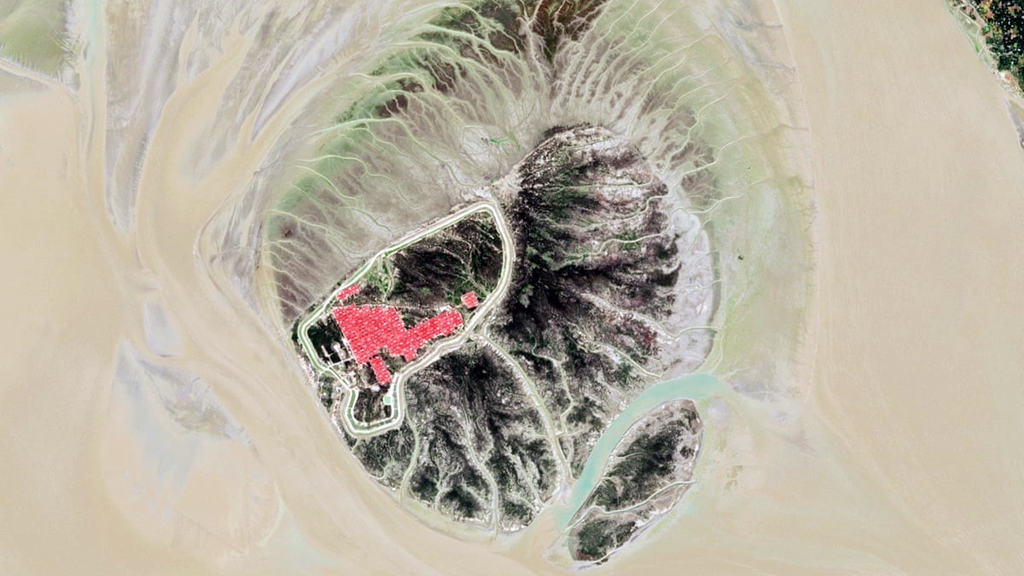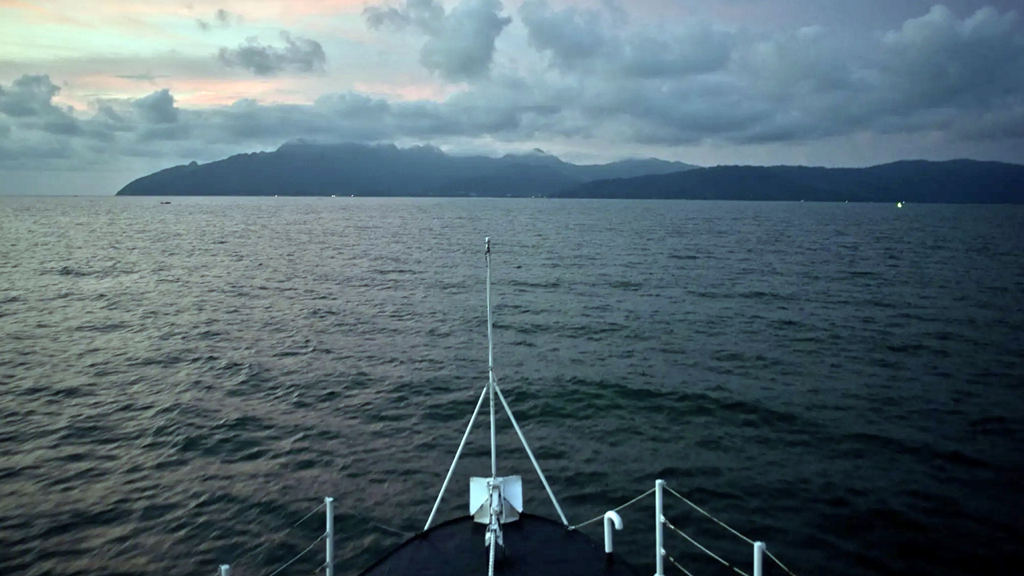
Rohingya refugee island is a prison in all but name
- 19/12/2021
- 0
By Dr. Azeem Ibrahim, Arab News
A Bangladesh government plan to relocate some Rohingya refugees from the sprawling camps in Cox’s Bazar to purpose-built facilities on Bhasan Char island has worried human rights observers since it was announced. Now the Red Cross is echoing the concerns of activists after its own evaluation of the situation on the ground. Coming from an organization with a strict policy of avoiding politics, this must spur Dhaka to address the issues with its relocation plans.
Bhasan Char is a small silt island in the Bay of Bengal that only emerged in 2006. The low-lying islet remains prone to flooding and, in the event of a tsunami, may well be permanently submerged once again. There is little in the way of topsoil, so agriculture on any scale is impossible. And it is much too small to hold the entire Rohingya community. The most generous estimations suggest that it might accommodate 200,000 people. The total number of Rohingya refugees in Cox’s Bazar is upwards of 1 million.
Refugees relocated to the island will find themselves more than 37 miles offshore on a precarious piece of land that cannot feed them. There is no obvious economic value to the island, so there will be no jobs. Thus, the entire population will likely be economically dependent on the mainland in perpetuity. Those living on the island will remain permanently at the mercy of the government, with no power to provide anything for themselves. And the minority of the Rohingya community who choose to take up residence there will find themselves increasingly isolated over time from the larger community in Cox’s Bazar, as travel between the two areas is difficult and will require assistance from the government.
We have said before that we are sympathetic to the authorities’ motivations for building Bhasan Char and inviting some of the Rohingya refugees there. Bangladesh is one of the most densely populated countries in the world, and there are few places where facilities could be built for the refugees.
The problem with Bhasan Char, however, remains that the concept was fundamentally flawed from the beginning.
Dr. Azeem Ibrahim
Cox’s Bazar is a sprawling shanty town that emerged as refugees fled into the area from Myanmar. There was no pre-planned infrastructure; the shacks, such as they are, are a fire hazard and refugees frequently die in blazes. Retrospectively providing the area with decent civic, health and education infrastructure has proven difficult. And to top it all, the area is geologically unstable and in the path of the region’s monsoons.
For all the problems with Bhasan Char, the Red Cross found that at least the housing stock seems decent, so fires and squalor will be a less pressing concern. This is not to detract from the efforts of Bangladesh to build decent infrastructure for the refugees. In this respect, at least, the country seems to be taking its responsibility toward the refugees seriously — even if, as the Red Cross notes, healthcare and education facilities on the island remain inadequate.
The problem with Bhasan Char, however, remains that the concept was fundamentally flawed from the beginning. Given the isolation and lack of economic opportunity for those who move there, the island simply does not have the capacity to host a functional community. Once you have moved there, there is nothing for you to do with your life except sit and hope that the government keeps sending you food and other supplies.
Such a place is where communities go to die. It may not look like a prison, and may not be intended as a prison, but that is what it will end up becoming for those who live there. After they have fled genocide in Myanmar, the Rohingya who end up on Bhasan Char will probably end up spending the rest of their lives wasting away in hopelessness on a pile of silt. This is not a solution to genocide. This looks frighteningly close to the completion of a genocide.
If we are to avoid this scenario, Bhasan Char must either be abandoned or developed into an economically viable area, with close trade and transport links to Cox’s Bazar. Building a few houses in the middle of nowhere and dumping people there helps nobody, even if the authorities have the best of intentions.
- Dr. Azeem Ibrahim is the Director of Special Initiatives at the Newlines Institute for Strategy and Policy in Washington D.C. and author of “The Rohingyas: Inside Myanmar’s Genocide” (Hurst, 2017). Twitter: @AzeemIbrahim






